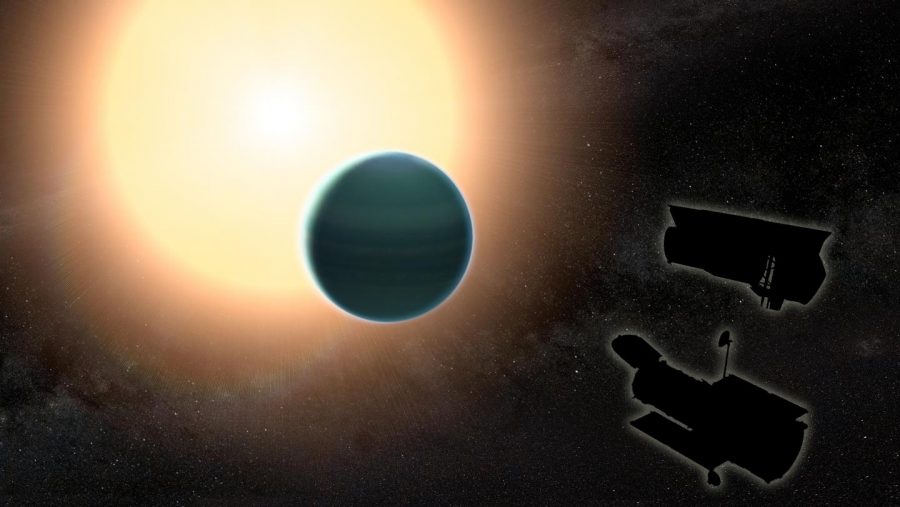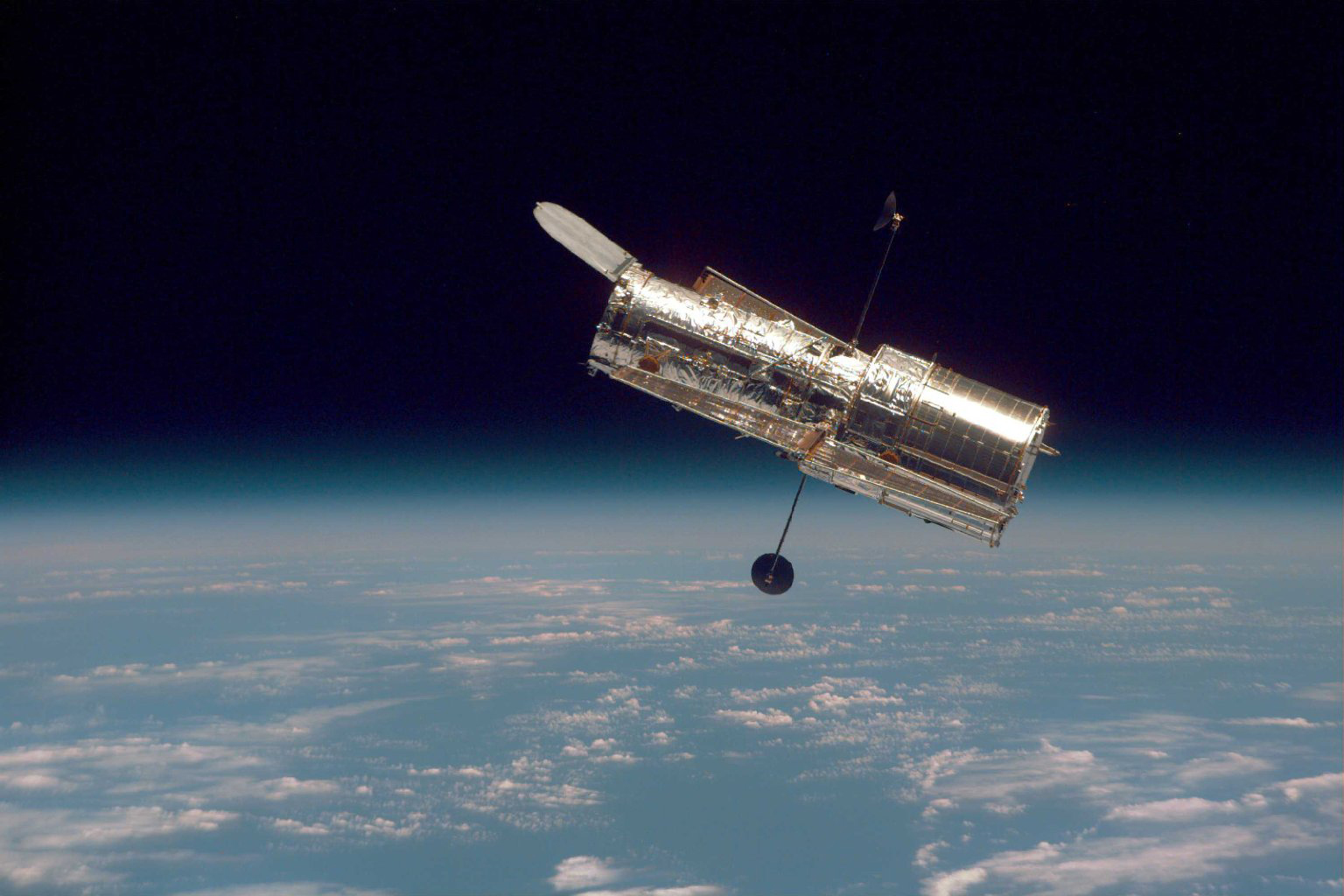Astronomers have found water in the atmosphere of a Neptune-sized exoplanet, nicknamed as “warm Neptune.” The planet is far outside our Solar System, and scientists are now using measurements to piece together how it may have formed.
The findings were published on May 12 in the journal Science. The planet, called HAT-P-26b, was first spotted in 2011 while orbiting a star 432 light-years away. “Warm Neptune” is a transiting planet, which means it periodically passes between its star and Earth on its orbit.


‘Warm Neptune’ has water on its atmosphere but it’s likely it won’t support life
During these passes the planet dims the star’s light, making a significant change that can be seen from Earth. On each pass, the light filter through the planet’s atmosphere, which is how the astronomers were able to spot it. Using NASA’s Hubble Space Telescope, they observed the filtered starlight during four different passes of HAT-P-26b, and they were able to estimate how much water is in its atmosphere.


“Each molecule absorbs light in a different way,” said Hannah Wakeford, a postdoctoral researcher at NASA’s Goddard Space Flight Center, according to The Verge. “So we were looking for those signatures of the different molecules.”
Water is actually common in the atmosphere of other planets such as Jupiter, Saturn, Uranus, and Neptune. However, finding water in the atmosphere of exoplanets can be particularly difficult, considering they are so far away. Most of the atmospheric data from exoplanets come from big ones that are easier to see, just like “warm Neptune,” as it has the size and mass of Neptune.
HAT-P-26b, much like Neptune, is a gas giant which probably wouldn’t support life, despite the water in its atmosphere. But finding water is helping Wakeford and her team figure out what else is in the planet’s atmosphere. The team believes, based on the Hubble’s readings, there are heavy elements in the atmosphere or at least heavier elements than hydrogen and helium.
An abundance of heavy elements in an atmosphere is known as metallicity, and it sheds light on what the conditions were like when a planet was forming. Based on the exoplanet’s metallicity, Wakeford suggested that HAT-P-26b probably formed even closer to its star than it is now.
Researchers believe the exoplanet was formed close to its star
“Warm Neptune” has 4.8 times the amount of heavy elements than what’s found in its sun. It is considered to have a relatively low metallicity, considering our Solar System’s standards. Usually, a planet is considered to have a rich atmosphere if it has more heavy elements than its Sun.
The findings surprised Wakeford and her team. The large gas giants in our Solar System, such as Saturn and Jupiter, do not have much heavier elements than the Sun. Jupiter’s metallicity is five times bigger than the Sun’s, while Saturn’s is ten times bigger. Smaller gas giants such as Uranus and Neptune have metallicities that are around 100 times greater than the Sun’s.
The discovery led them to believe “warm Neptune” was really close to its star when it formed. When our Sun was born, a giant disc of hot gas and debris surrounded the star. Parts of the disc farther out from the Sun were colder than the inner regions, and with cold enough temperatures, the disc’s material would have frozen into ices, and these ices would have contained heavier elements, according to Wakeford.
The gas giants that formed far enough though, like Neptune and Uranus, would have gotten more of those metal-rich ices as they were forming. Jupiter and Saturn probably formed closer to the Sun, where there were fewer ices. Based on that hypothesis, researchers believe “warm Neptune” must have been formed close to its parent star.
The team noted this is just a theory based on the amount of water seen in the exoplanet’s atmosphere. More research is needed on the atmosphere of “warm Neptune” and other exoplanets in order to discover what it is like on their surfaces.
In order to closely look at atmospheres, better resources are needed, and NASA is about to release a powerful tool to help astronomers analyze other planets. In 2018, NASA will launch the James Webb Space Telescope, which will be Hubble’ successor. The telescope will be the most powerful in NASA once it launches, and it will be capable of observing exoplanets in unprecedented detail.
Source: Eurekalert!
